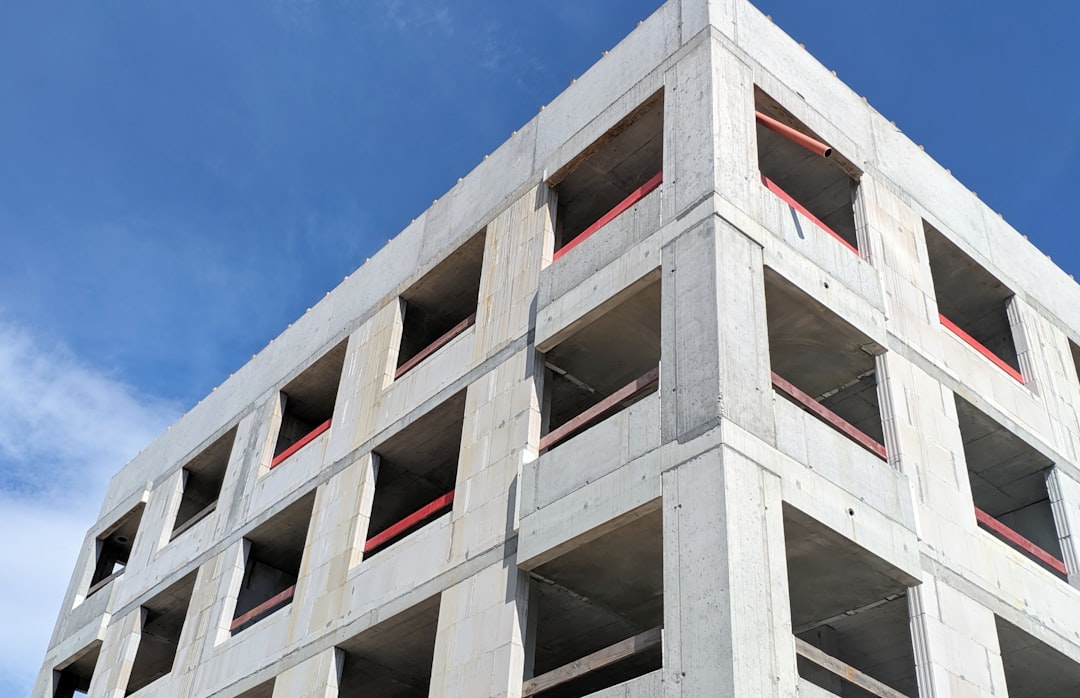
On a typical CountBricks residential site walk, the crew is speaking live into our mobile app. As framers call out “128 cubic feet of concrete,” the estimator instantly sees “4.74 cubic yards” populate in the materials list. That conversion—cubic feet to yards—may look minor, but it is mission-critical for footings, slab pours, landscape fills, and waste calculations. Misjudge by only half a yard and you risk delays, back-charges, or over-ordering that eats your margin.
Cubic feet measure volume in a 12 × 12 × 12 inch box, while a cubic yard is the volume of a 36 × 36 × 36 inch box. Put simply:
• 1 cubic yard = 27 cubic feet
• Divide cubic feet by 27 to find yards
• Multiply cubic yards by 27 to return to feet
Imagine a 12' × 14' garage slab, 4" thick:
1. Convert inches to feet: 4" ÷ 12 = 0.333' depth
2. Volume in cubic feet: 12 × 14 × 0.333 = 56 cf
3. Convert to cubic yards: 56 cf ÷ 27 = 2.07 cy
CountBricks rounds up automatically to 2.25 cy, adding a 10 % waste factor you customize in CountBricks.com/services. No spreadsheets, no manual error.
• Accurate yardage prevents short loads that trigger premium surcharges
• Voice capture in the trench lets you adjust footing depth in real time
• Soil is often bid in cubic yards, yet jobsite measurements arrive in cubic feet
• CountBricks instantly converts cut/fill numbers, syncing them to haul-off trucking costs inside your estimate
• Rock, gravel, and mulch are supplied by the yard
• Convert planter bed dimensions to yards and push material orders directly from your quote screen
Field teams speak dimensions aloud. Natural-language AI recognizes “cubic feet” or “cubic yards,” applies the 27 cf rule, and displays both units so no one reaches for a calculator.
Upload a PDF plan to CountBricks.com/blueprint-takeoff. Our AI scans slab hatches, footing callouts, or backfill sections, flags any area drawn in square feet, and prompts for depth. Once depth is confirmed, CountBricks converts the resulting cubic feet to yards and feeds the number straight into your concrete, gravel, or soil assemblies.
CountBricks maintains live supplier integrations. When your yardage is calculated, current per-yard pricing populates. That means the moment concrete jumps \$12/yd, your estimate reflects the increase without re-work.
1. Activate voice mode and say: “Footing section A: 84 cubic feet.”
2. CountBricks displays “3.11 cubic yards” and requests confirmation.
3. Accept or adjust waste factor percentage.
4. Material cost lines update; labor hours recalculate based on cubic yards placed per crew-hour.
5. One-click export generates a branded PDF proposal from CountBricks.com/quote-docs.
Pitfall 1: Mixed Units on Plans
• Old drawings list fill in cubic yards, but change orders add cubic feet. Our dual-unit display removes confusion.
Pitfall 2: Forgetting the 27-Factor Under Pressure
• Site foremen no longer need mental math. CountBricks converts instantly, even offline.
Pitfall 3: Waste and Over-Order Guesswork
• Enter default waste by task type—slab, beam pocket, or trench—and the software applies it consistently every time.
CountBricks treats volume like any other cost driver. Once yards are calculated, our AI engine determines:
• Pump truck hours based on yardage and hose length
• Reinforcement steel quantity from conversion of linear feet of bar per cubic yard of concrete
• Cure and finish labor, scheduled by crew productivity per yard
You receive a line-item budget, a Gantt timeline, and a procurement schedule, all auto-generated without spreadsheets.
Future releases at CountBricks.com/roadmap will support hands-free laser integrations, instantly converting scanned volumes to yards, syncing to your supplier, and alerting you when surcharges loom.
The cubic feet to yards conversion is simple; the implications for profit are not. By embedding that math into live voice capture, blueprint takeoffs, and supplier pricing, CountBricks eliminates guesswork and unlocks jobsite speed. The next time you hear “How many yards is that?”, the answer is only a voice command away.

When BrightView Homes engaged CountBricks for a six-lot infill project, the original hand-written takeoff showed 9,850 cubic feet of concrete across footings and slabs. During our onboarding call, the site superintendent said, “That’s about 360 yards, right?” In reality, the correct number was 365 yards—small on paper, big in cost.
1. We imported the PDF plans into the CountBricks AI blueprint module and confirmed depths via voice call recorded in the field.
2. The software highlighted every cubic-foot note and displayed side-by-side cubic yard equivalents. The superintendent noticed a footing depth revision not reflected in the original manual takeoff.
3. After updating, CountBricks recalculated to 365.8 yards and applied a 7 % waste factor, pushing the ready-mix order to 391 yards.
4. Our supplier sync quoted the updated total at today’s rate, preventing a second short load that would have cost an extra pump mobilization fee.
• \$4,750 saved on avoided short-load and pump penalties
• Two hours shaved off the schedule thanks to one continuous pour
• A shareable CountBricks PDF change-order document approved onsite by the client that same afternoon
• Always speak depth revisions while standing in the trench—CountBricks tags the voice note to that blueprint section.
• Set default waste by crew rather than global percentage; high-performance concrete finishers often waste less.
• Review yardage versus truck capacity. If the AI flags an odd truck count, adjust slab segmentation before the pour.
Visit CountBricks.com/services to book a live demo, or upload your next plan set and watch cubic feet to yards conversions happen in seconds. Residential construction is complex; the math shouldn’t be.